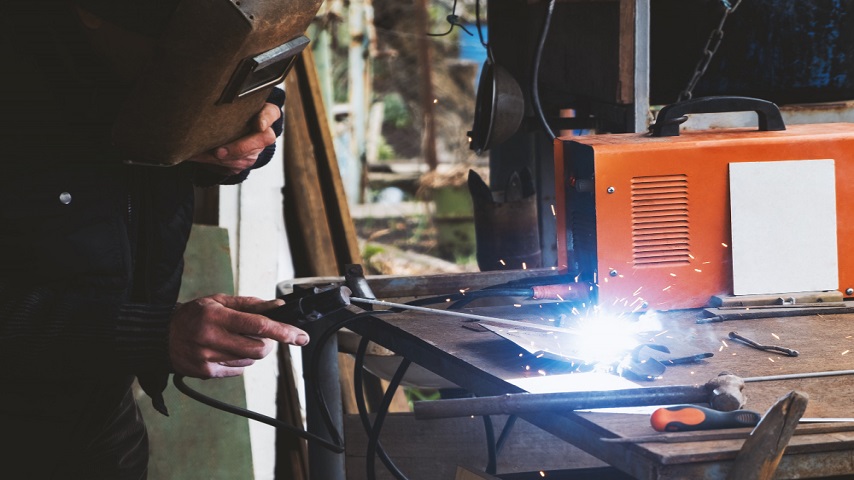
In the vast, bustling landscape of industrial operations, there exists a quiet yet indispensable hero – the maintenance welding electrode. While often overlooked amidst the clangor of machinery and the hustle of daily tasks, these unassuming tools play a pivotal role in ensuring the smooth functioning of various industrial processes. Let’s shine a spotlight on these unsung champions and explore how they keep operations running seamlessly.
Maintenance welding electrodes are the silent guardians of machinery longevity. Designed to withstand high temperatures and extreme conditions, these electrodes act as the first line of defense against the wear and tear that inevitably accompanies heavy-duty industrial usage. Whether it’s repairing cracks, reinforcing joints, or restoring worn-out components, maintenance welding electrodes are the go-to solution for addressing structural weaknesses and preventing catastrophic failures.
One of the key advantages of maintenance welding electrodes lies in their versatility. With a wide range of electrode materials available, including but not limited to stainless steel, cast iron, and various alloys, these electrodes cater to the diverse needs of different industries. Whether it’s the food processing sector requiring corrosion-resistant welding for hygiene purposes or the automotive industry necessitating precise welding of intricate components, there’s a maintenance welding electrode tailored to every application.
Moreover, the advancements in electrode technology have led to the development of specialized variants optimized for specific challenges. From electrodes with enhanced crack resistance to those offering superior penetration and deposition rates, manufacturers continually innovate to address evolving industrial demands. This innovation not only enhances operational efficiency but also minimizes downtime, thereby maximizing productivity.
In addition to their technical prowess, maintenance welding electrodes also contribute to cost-effectiveness and sustainability in industrial operations. By facilitating the repair and refurbishment of existing equipment, they extend the lifespan of machinery, reducing the need for frequent replacements and associated expenditures. This not only conserves resources but also minimizes the environmental footprint by curbing the generation of waste from discarded equipment.
Furthermore, maintenance welding electrodes play a crucial role in ensuring operational safety. By promptly addressing structural vulnerabilities and preventing equipment failures, they mitigate the risk of accidents and injuries in the workplace. This proactive approach to maintenance fosters a culture of safety, prioritizing the well-being of personnel and safeguarding the integrity of industrial facilities.
In conclusion, maintenance welding electrodes may operate behind the scenes, but their impact on industrial operations is unmistakable. As the unsung heroes of machinery maintenance, they embody reliability, versatility, and innovation. By fortifying equipment, optimizing performance, and enhancing safety, these electrodes uphold the seamless functioning of industries worldwide. So, the next time you witness the rhythmic arc of welding in an industrial setting, take a moment to appreciate the silent yet indispensable role of maintenance welding electrodes in keeping the wheels of progress turning smoothly.